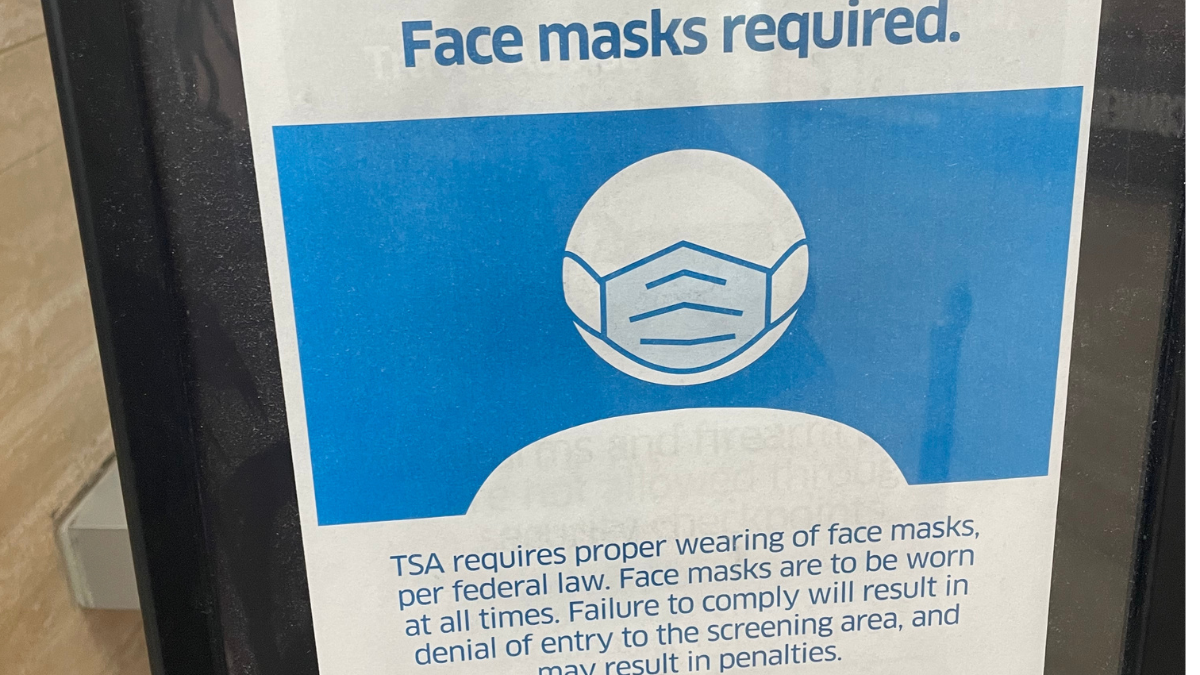
The U.S. Centers for Disease Control slipped in a shocking piece of evidence in a recent report on low in-school COVID-19 transmission that severely undercuts the rationale for most COVID restrictions, including lockdowns.
The Jan. 29 report’s conclusion seems to fit the pro-mask narrative, of course: “Schools might be able to safely open with appropriate mitigation efforts [such as masking and not allowing student cohorts to mix] in place.” In the 17 rural Wisconsin schools surveyed, only seven cases were linked to in-school transmission out of 4,876 pupils, and no staff members were infected at school during the study period.
While the report spends ample time explaining the mitigation strategies employed in the schools and the high reported mask compliance (92%) among students, the authors later discuss something you probably have not seen in any of the mainstream media’s coverage of this report:
“Children might be more likely to be asymptomatic carriers of COVID-19 than are adults…This apparent lack of transmission [in schools] is consistent with recent research (5), which found an asymptomatic attack rate of only 0.7% within households and a lower rate of transmission from children than from adults. However, this study was unable to rule out asymptomatic transmission within the school setting because surveillance testing was not conducted” (emphasis added).
The “recent research” the study authors cite is a meta-analysis of 54 household COVID-19 transmission studies that observed 77,758 participants, which was posted as a pre-print this summer and published in December.
The text of the analysis is even more consequential than the CDC’s reference makes it seem: “Estimated mean household secondary attack rate from symptomatic index cases (18.0%; 95% CI, 14.2%-22.1%) was significantly higher than from asymptomatic or presymptomatic index cases (0.7%; 95% CI, 0%-4.9%; P < .001), although there were few studies in the latter group. These findings are consistent with other household studies28,70 reporting asymptomatic index cases as having limited role in household transmission” (emphasis added).
The 0.7 percent figure includes not just people who never show symptoms of COVID-19, but people who haven’t yet shown symptoms—two groups that have been alleged to be major factors driving the spread of the virus. This is a major data point often underplayed or even challenged in much media coverage of the virus.
The key, if not central, rationale for non-pharmaceutical interventions such as masking, distancing, and staying at home is allegedly significant transmission from people who don’t show symptoms. If the contagiousness of people without symptoms is not what drives the spread of SARS-COV-2, then no COVID restriction on public life besides staying home when you are clearly sick could be justified, considering the obvious negative consequences of these restrictions.
The 0.7 percent figure might even be a modest estimate of overall asymptomatic/presymptomatic transmission because the studies were among household contacts only—people who have close and extended contact with one another daily.
The CDC’s Pandemic Planning Scenario “best estimates” for COVID-19 transmission still have transmission “occurring prior to symptom onset” pegged at 50 percent, however. The footnote for this estimate does not cite the meta-analysis noted above, or any contact tracing studies at all. Instead, the upper and lower bounds of transmissibility are based on one study of viral shedding (which doesn’t necessarily equate to contagiousness) and a meta-analysis estimating presymptomatic spread using “incubation period, serial interval and generation time” data.
The CDC’s previously quoted statements, that children may be more likely to be asymptomatic carriers and that this squares with a 0.7 percent asymptomatic attack rate, undercut lockdown proponents’s assumption that a high percentage of asymptomatic cases must mean a high percentage of asymptomatic spread. The CDC seems to admit here that the opposite may be true: that if kids really are more likely to be asymptomatic, then transmission and proportion of asymptomatic cases may actually be inversely correlated, as asymptomatic people just don’t get many people sick.
The only way to circumvent this finding to justify COVID restrictions is to say asymptomatics and presymptomatics are highly contagious in making others test positive without feeling sick. Some of those cases may eventually infect someone who develops symptoms, which may eventually lead to someone being hospitalized. That’s quite the leap, and “the science and the data,” as politicians like to say, hasn’t done much to close the gap.
This finding across 54 studies of 0.7 percent asymptomatic and presymptomatic household transmission is, of course, by no means the final say on how contagious such individuals really are. It is an important data point that should be shared with the public, however.
As emergency medicine physician and associate professor at Brown University Megan Ranney said recently on STAT News’ podcast, “We know from our scientific research that myths and untruths, even if debunked, are likely to be remembered,” noting that “there may be statements that we need to take back sometimes.” Is the CDC’s belief that COVID-19 transmission from people who don’t show symptoms is a major driver of the virus’ spread just that kind of statement?
It’s time solid data from real-world transmission studies, not models, be used to support the basis for the onerous restrictions put on Americans over the past 11 months and continued to this day.









